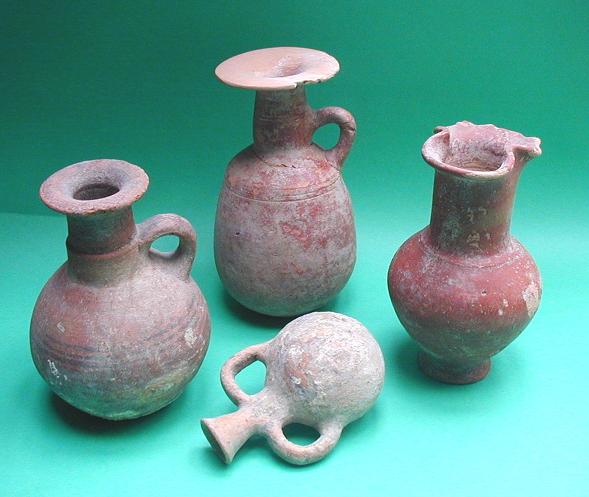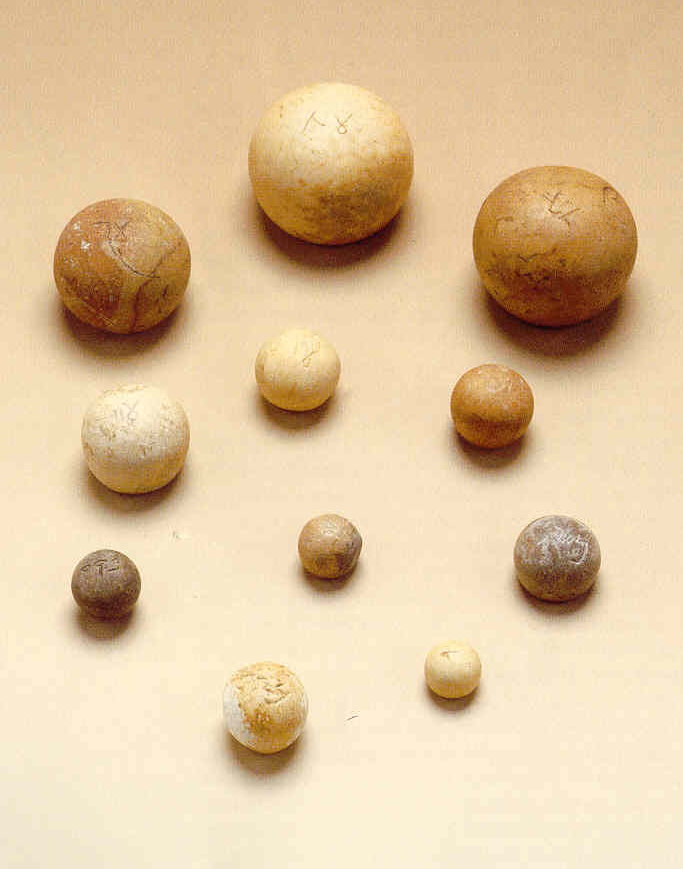The desire for self-decoration was one of the strongest instincts of ancient humans, and this led to the production of jewelry. Jewelry was intended to both adorn and draw attention to the wearer. At times, jewels were also intended to emphasize the wealth and status of their wearer. Ancient societies also recognized a magical use of jewelry.
As society evolved, jewelry became more and more sophisticated and reached impressive levels of artistic accomplishment and diversity. Because of their small size, ancient jewels have been preserved better than many other objects. Jewelry provide an important mechanism for understanding early cultures and customs.













